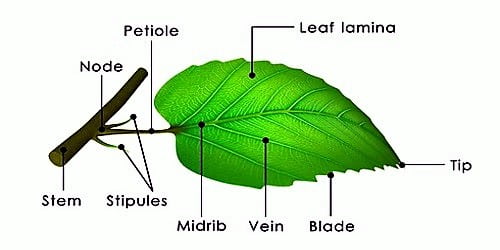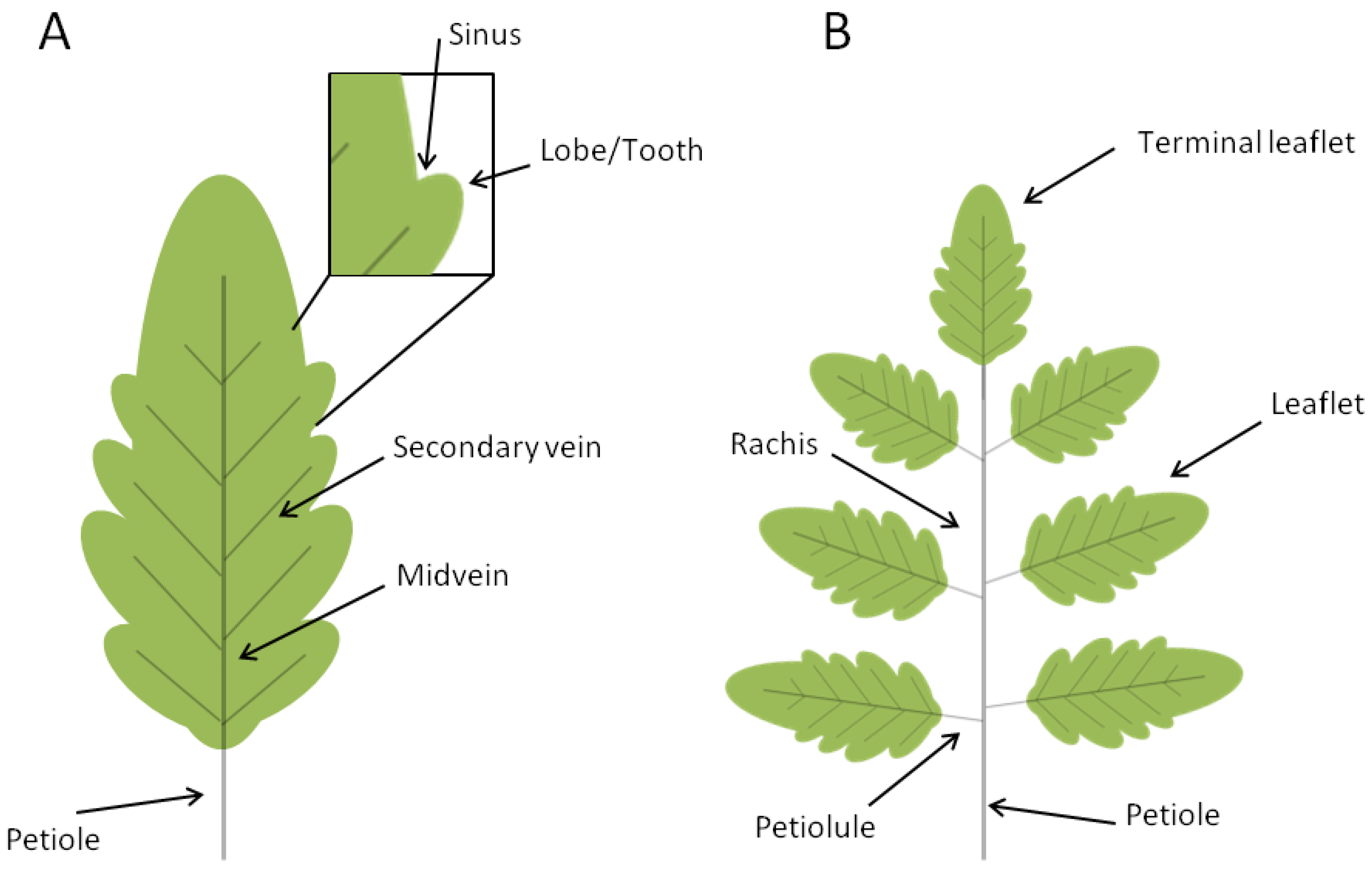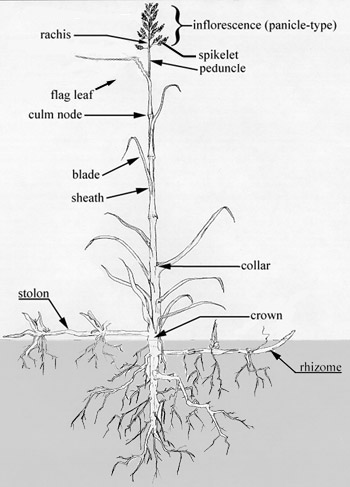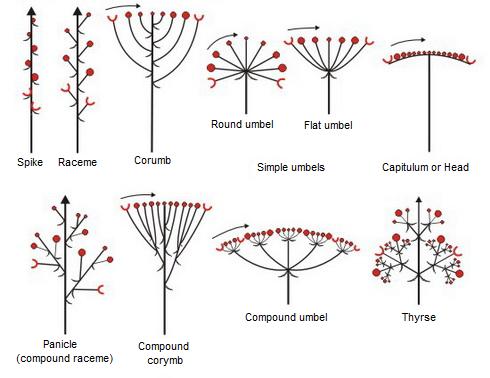Should we really pick a plant or a mushroom if we don’t know it?
The answer is simply NO. Instead, try to identify it.
Id and Botanical Keys
In order to identify a species, we want to capture the key characteristics and find its taxon. Botanists dedicate most of their lives to taxonomy, the art of giving names to plants (while Mycologists are busy in identifying mushrooms).
For being introduced into this beautiful complexity we need at least to learn the basics of botany.
Observation in the field is essential, but we want also to speak the botanical language..let’s start!
OBSERVATION
What’s the appearance or habit of the plant?
Herbs (Herbaceous plant): plants with non-woody stems
Shrub: woody perennial with more than one main stem
Tree: woody perennial with a single main stem
Vine: herbaceous plants with elongate, flexible, non-self-supporting stems Liana: a woody vine
Does the plant lose leaves?
Deciduous: plants that shed their leaves at the end of the season and become dormant
Evergreen: plants that are never without leaves attached (broadleaf evergreens include all evergreens except conifers which have needle or scale-like leaves)
Leaf features?
Blade: Flattened part of the leaf
Petiole: stalk supporting the blade
Leaf scar: a heart-shaped scar remains on the stem where the petiole was attached
Bud: forms above leaf scar and contain the beginnings of future growth; size, color, shape and marking of the scales on buds offer ID characteristics

How is the leaf arranged on stem and petiole?
Node: area on stem from which one or more leaves develop

Leaflet?
A leaflet resembles a leaf but is attached to the axis of a compound leaf not the stem

How is the surface of the leaf blade?
Glabrous: without hairs
Glaucous: waxy coating
Pubescent: hairy surface–there are many kinds of hairiness
Which kind of venation?

Which kind of margins?

Leaf blade shape?

GRASSPLANTS

INFLORESCENCE TYPES

FLOWER PARTS
Perfect flower: with “male” stamens and “female” pistil
Imperfect flower: (unisexual) contain a pistil or stamens, but not both Monoecious species: with male on female flowers on same plant
Dioecious species: with male and female flowers on separate male and female plants
Regular flower (actinomorphic): radially symmetrical; star-shaped Irregular flower (zygomorphic): one dividing plane into two mirror-image halves
Complete flower: with all 4 main parts (sepal, petal, stamen and pistil) Incomplete flower: lacking one or more of 4 main parts (sepal, petal, stamen, pistil)

TAKE A WALK
Technical information is not easy to digest in one bite. We can take a walk in the field and playing with more instinctual, intuitive tools. We can smell a flower, observe the colour, even take note of peculiar features like tendrils, spikes or sheaths.
It could be like immediately we recognize a plant, but how to be 100% sure?
There are several online tools that can be useful, like dichotomous keys or botany forums. The simplest way to approach identification is to start with reading a guidebook on local or national plants, since the world variety is very huge.
How many plants do botanists know?
We have counted the currently known, described and accepted number of plant species as ca 374,000, of which approximately 308,312 are vascular plants, with 295,383 flowering plants (angiosperms; monocots: 74,273; eudicots: 210,008).
Vascular plants or tracheophytes are known for their proper organization of the systems, and bearing flowers, green leaves, stems, roots, woods, and branches, on the contrary, Non-vascular plants or bryophytes do not perfectly fit with these features. Examples of Conifers, Ferns, flowering, and non-flowering plants are examples of vascular plants, while Mosses, Liverworts, and Hornworts are examples of non-vascular plants.
Flowering plants, or angiosperms are the largest grouping within the plant kingdom (Kingdom Plantae or Viridiplantae) in terms of the numbers of described species. In addition to dominating plant biodiversity, angiosperms are the dominant photosynthetic organisms (primary producers) in most terrestrial ecosystems (an important exception to this rule are the boreal forests, which are often dominated by conifers). All important food plants are angiosperms.
Gymnosperms are a group of plants which produce seeds that are not contained within an ovary or fruit. The seeds are open to the air and are directly fertilized by pollination.
“Gymnosperm”, from the Greek, gymnos, “naked” and sperma, “seed”, develop their seeds on the surface of scales and leaves, which often grow to form cone or stalk shapes, contrasting in characteristics from the angiosperms, flowering plants which enclose their seeds within an ovary.
The gymnosperms consist of the conifers, the cycads, the gnetophytes and the sole extant species of the Gynkgophyta division, the Gingko biloba.
How many plants do you need to know?
Not all, not so many. Start with a few and enlarge your knowledge with calm. An online course would not cover decades of studies, but you can collect experience plus data on a daily basis and enforce your abilities.
Wild foraging is a conscious act and a dedicated art. Be patient.
In the next step we will explore the general rules for picking and some preparations both culinary and medicinal.
